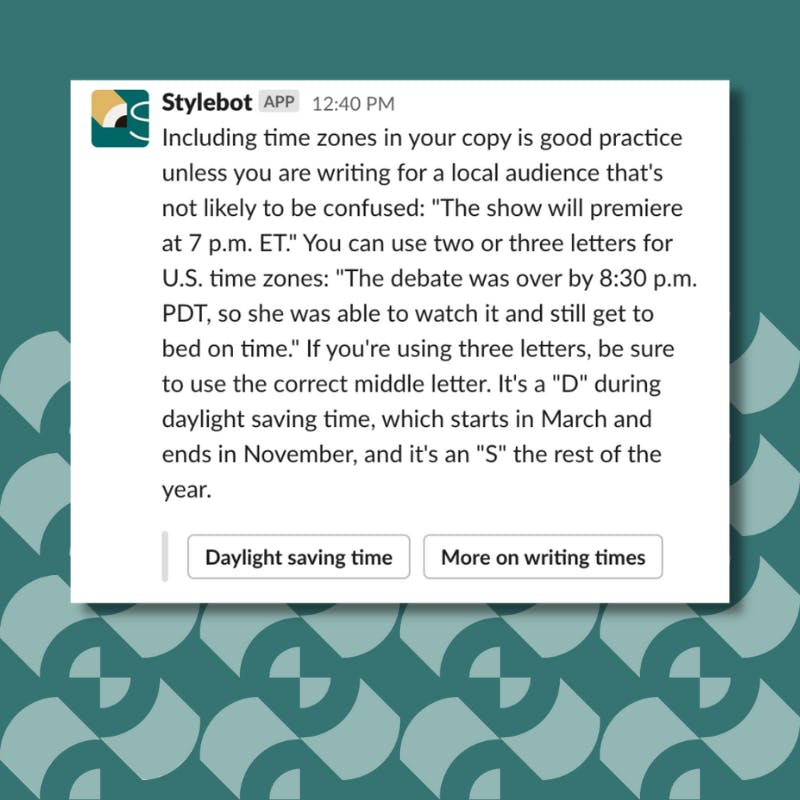Is daylight saving your favorite time of year? Well then you just might be a busy word nerd like us. Once a year, the clocks “fall back” for the end of daylight saving (not “savings”) time, and when that happens, the “S” in three-letter time zone abbreviations is once again accurate.
Yes, if you’ve been using “EST,” “PST,” etc., in the months between March and November, you’ve been doing it wrong. But you’re not alone: Even though daylight saving time is in effect the majority of the year for the regions that recognize it, it’s still very common for people to use the “S” instead of the “D” year-round.


